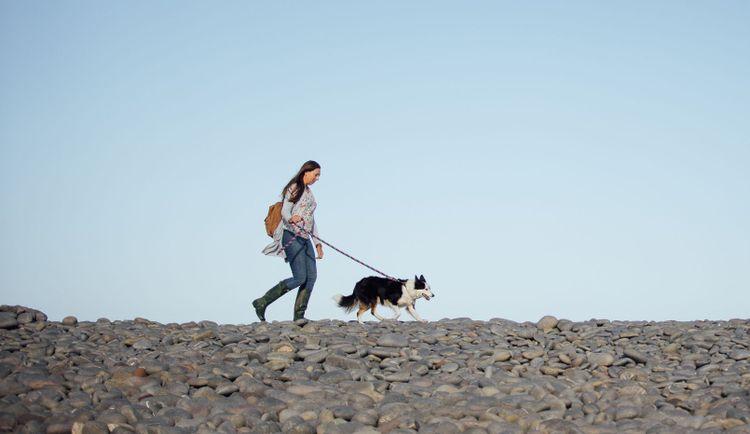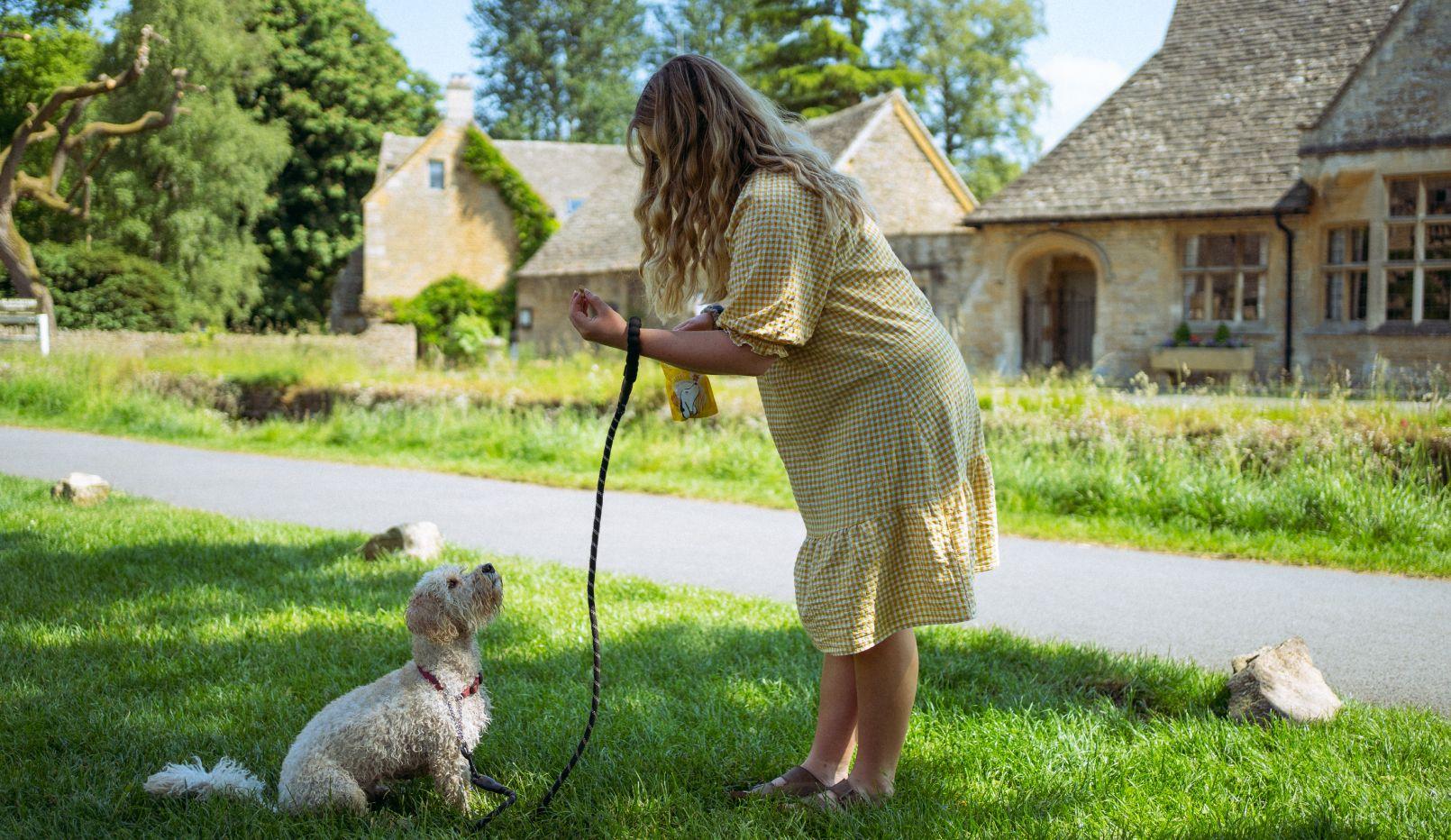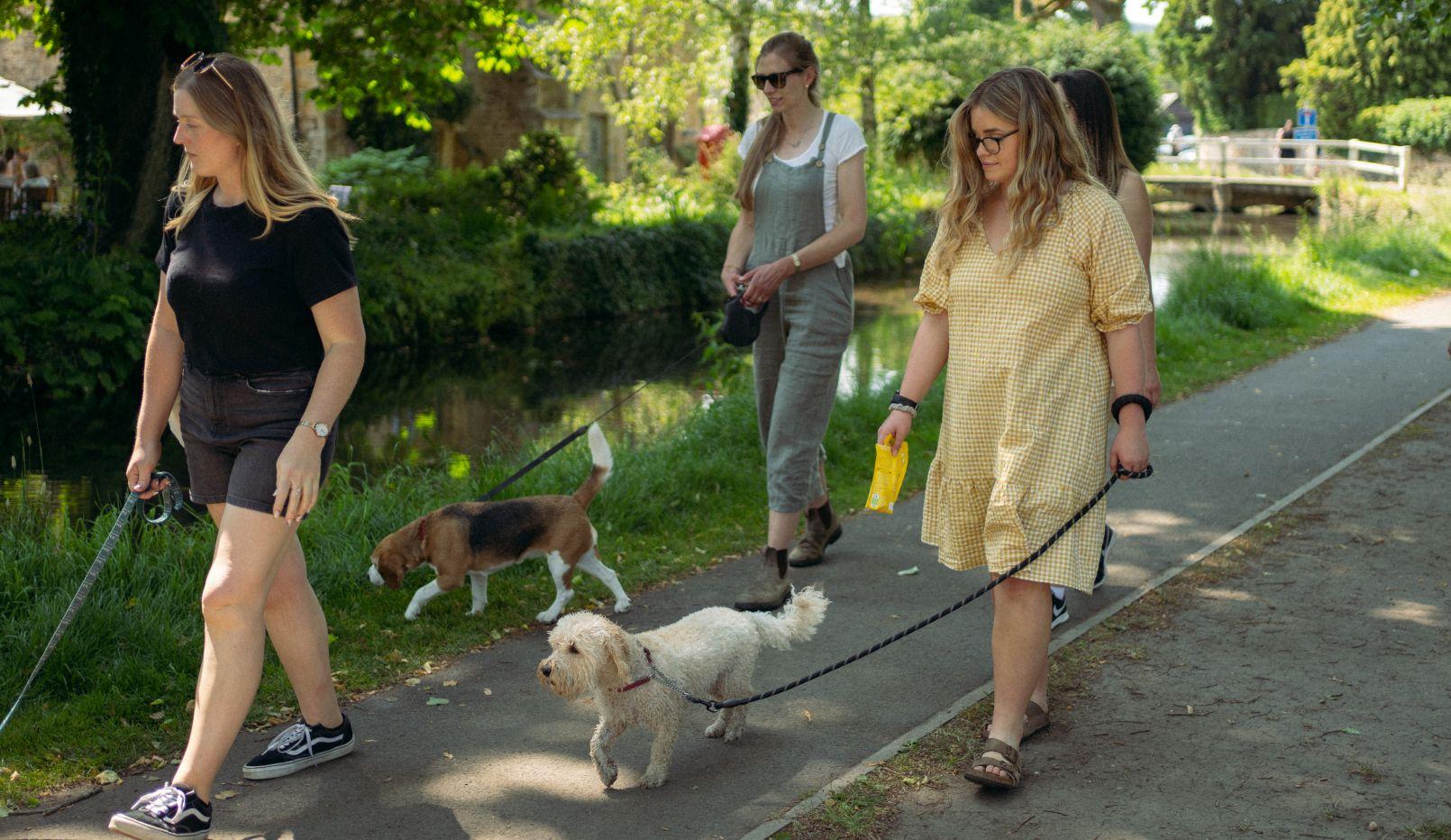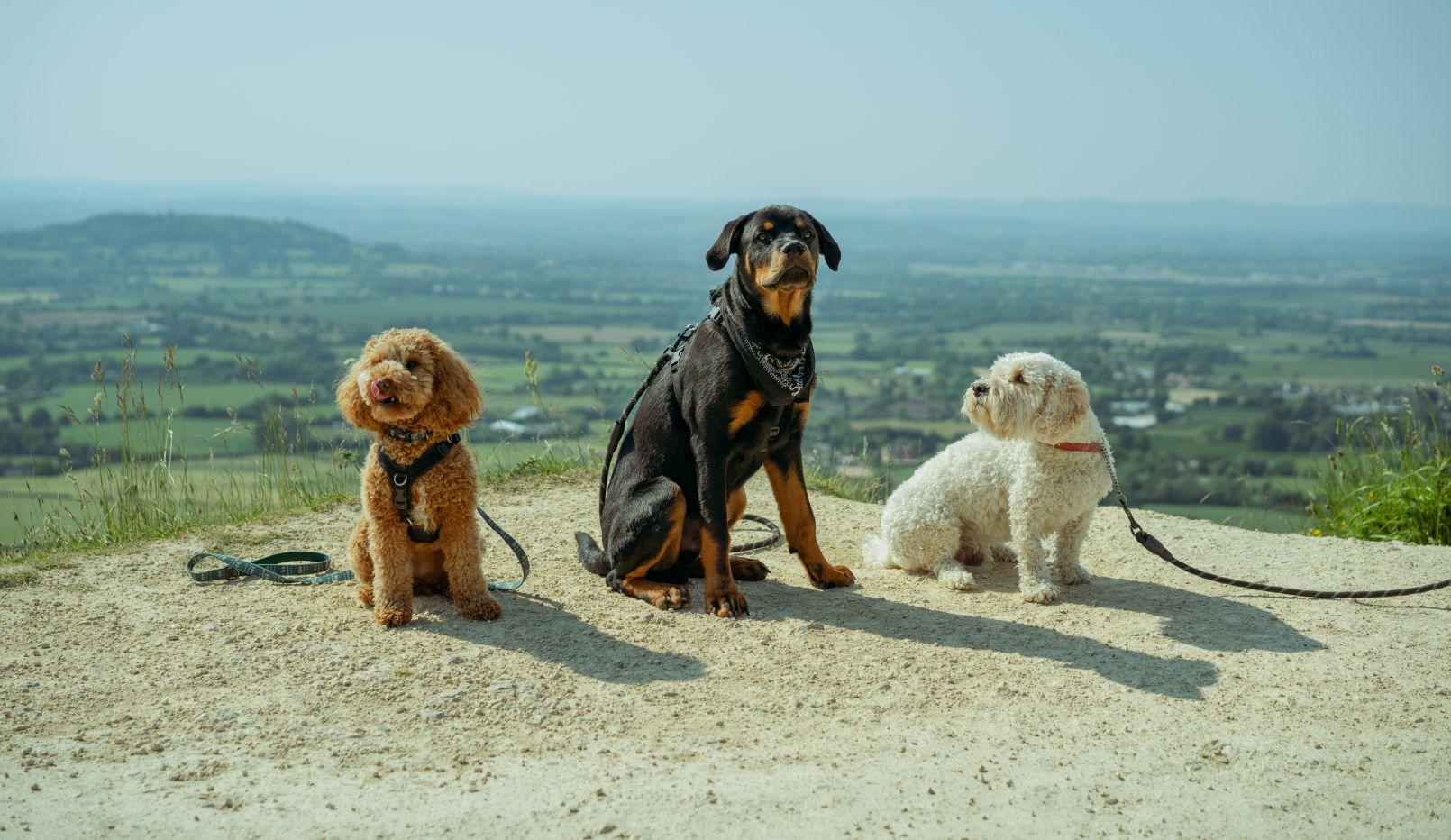
How to be a responsible dog owner
5 minute read
Our first “training” session involved no training whatsoever...
When I got my first dog, a Manchester Terrier named Milo who had the most heart-melting eyes and perfectly-folded ears, we dutifully signed up to puppy classes. We had expected to learn all the essentials: sit, stay, lie down and leave it.
But after we parted with our cash, we actually got far more than we bargained for: a pre-class pack with an 80-page booklet on getting your first puppy, written by our trainer, and sheets with “homework” to complete and a chart to fill in as we went. Our first “training” session involved no training whatsoever: it was a two-hour lecture on how to be a good dog owner. At the time, I thought it was all a bit over the top and, frankly, boring.
Since then, though, I’ve realised I was given a bank of invaluable unwritten rules that not only keep my dog safe and happy but also other dogs and people. I’ve also realised that not all owners have had the same education, though, and simple things I’ve been taught are the “right way” are not followed by other owners. This can lead to frustrating and sometimes dangerous situations – especially when not respecting dogs who need space.
So, here's what I've learnt...
Master that recall
I firmly believe this is the single most important thing to teach your dog. It will make walks stress-free and, one day, it could save their life. No dog is going to be perfect with recall – sometimes there is a smell that is just too tempting – but some recall is better than none, and so keep up the hard work and it will pay off eventually.

When there’s a dog on a lead, leash yours too
This is such a simple thing, but so many don’t do it and it can create really dangerous situations – no matter how many times you shout “don’t worry, he’s friendly” when your labrador is barrelling towards an on-lead dog. If you see a dog on a lead while yours is running free, the safest thing to do is leash your pet, because you don’t always know why that other dog is on its lead. It could be that they have no recall and are, in fact, a friendly dog, but it could also mean they’re anxious, fearful or even aggressive towards other dogs.
If an off-lead dog approaches an on-lead dog and any kind of altercation ensues, the off-lead dog is the one considered to be out of control according to the law, and so this could lead to muddy waters when insurance or even the police is involved. The safest and most responsible thing to do is leash your dog – as the saying goes, better safe than sorry.

Never assume we all love dogs
I love dogs – all dogs, in fact. We are very much a nation of dog lovers, largely. But not all humans love dogs, and it’s so important to remember this. Having a dog is a privilege, not a right, and it is not your dog’s right to impose on others’ space or experience. This means ensuring they don’t instigate interactions with children, adults or even dogs who don’t want it is essential and absolutely your responsibility.
Keeping your dog on a lead, or at the very least under strict control, in public places is key – especially in pubs or restaurants where others are trying to enjoy a meal. No repeats of the Jay Rayner bulldog incident should occur. Remember that children can be fearful of dogs and no amount of “oh she loves kids!” will change that. Give humans the space they need and deserve in public.

Make an effort to understand your dog
I’ve spent hours researching the breed of my dog, understanding what they were bred for and learning about the defining characteristics. It’s interesting, sure, but it’s also useful. With a better understanding of my dog’s habits and inherent characteristics – he loves chasing, for example, thanks to the prey drive bred into him for ratting – I can provide a better and more fulfilling life for him that utilises the skills that exist in his DNA.
If you make the effort to understand what makes your dog tick and what “job” they were bred for, you’ll be better able to give them what they need – and you might well be able to put paid to any unwanted behaviours more easily.